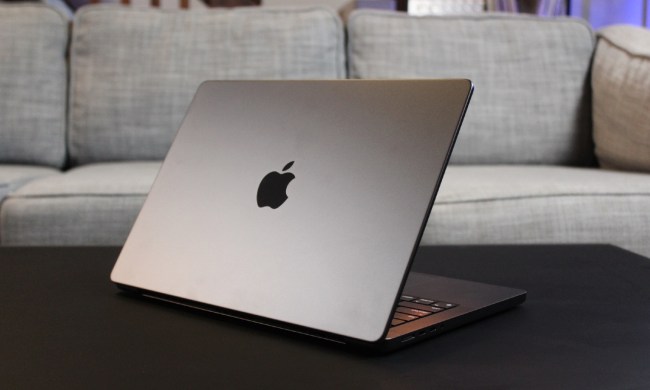Is there a task on your Mac that you repeat often, maybe daily or even several times per day? You can set up a Quick Action to automate a task with the click of a button. Some are already pre-configured, and you can find them in the Finder window, Services menu, or Touch Bar if your Mac has one.
Let’s delve into how to use Quick Actions on MacOS.
Create a Quick Action using Automator
If you’ve never used Automator on MacOS, it can feel a bit intimidating at first. But once you use it to create a Quick Action, you’ll see just how easy it is to use.
As an example, we’ll walk through creating a Quick Action to scale images. Since we regularly need to resize images to a specified width, this allows us to select the images, click the Quick Action, and automatically scale our images so that the width is 500 pixels.
Step 1: Open Automator from your Applications folder and click New Document.
Step 2: Select Quick Action for the document type and click Choose.

Step 3: On the top left of the Automator window, confirm that Actions is selected. Then pick an item from the Library. For our example, we’ll select Photos.

Step 4: To the right, you’ll see the actions that are available per the Library item you pick. Here, we want Scale Images. So, we drag Scale Images from the list to the workflow area on the right side.
Depending on the action you select, you may be asked if you want to make copies of the items you’re editing so that the originals can remain intact. If so, you can automatically add the Copy action to the workflow. Pick Add or Don’t Add per your preference.

Step 5: Complete any details necessary for your action. For our example, we set the pixel size to 500.

Step 6: Before you save your Quick Action, review the information at the top of the workflow side of the window and make any adjustments needed.
This information includes what the workflow receives and from where, plus any input needed. These settings allow you to narrow down the options to perform the Quick Action such as file types or specific applications.
Additionally, you can choose the Quick Action’s Image and Color if you like.

Step 7: When you finish, go to File > Save in the menu bar. Give your Quick Action a meaningful name and click Save.
Congratulations - you've just set up one of the best Mac tricks for productivity.
Now that you have your Quick Action created, it’s time to put it to work.

Use a Quick Action on a Mac
As mentioned, you can access Quick Actions in Finder, the Services menu, or if your Mac has one, the Touch Bar.
Start by selecting the item(s) you want to use for the Quick Action. Then, perform the action with one of the following:
- In the Finder window, select a Quick Action in the toolbar below the Preview on the right. You may need to click More to see all Quick Actions.
- In a Finder folder or on your desktop, right-click the item(s) and choose from either the Services or Quick Actions pop-out menu.
- Open the Services menu in the menu bar and select the Quick Action from the list. You can easily view the Services menu by selecting the app name in the menu bar. For instance, Finder > Services or Mail > Services.
- Click the Quick Actions button in the Touch Bar and choose the Quick Action.
You should then see the Quick Action take place. As long as you don't disable the Touch Bar, you can use it for Quick Actions.
Hide or show Quick Actions
You can decide which Quick Actions display in Finder and the Touch Bar.
Step 1: Open your System Preferences and select Extensions.
Step 2: On the left, choose Finder or Touch Bar.
Step 3: On the right, use the checkboxes to mark the Quick Actions you want to display in that location. You’ll notice a few built-in Quick Actions such as Rotate and Markup in addition to those you created.
You can then close your System Preferences.

Delete a Quick Action
While you cannot delete the Quick Actions built into MacOS, you can remove those you create yourself and no longer need. Because you can show or hide Quick Actions as described above, you might only delete one you know you will never use again, such as an experimental Quick Action you set up.
Step 1: Head back to System Preferences > Extensions.
Step 2: Select either Finder or Touch Bar on the left.
Step 3: Right-click the Quick Action on the right and pick Move to Trash.
You won’t be asked to confirm this move. But if you change your mind afterward, you can open your Trash folder and right-click the item to Put Back the deleted Quick Action.

Quick Actions on a Mac help you perform tedious or repetitive tasks faster and easier than manual work.
You can create Quick Actions for some of the most common tasks on your Mac. From scaling or resizing images to splitting or combining PDFs to renaming or moving files, there are many possibilities.



